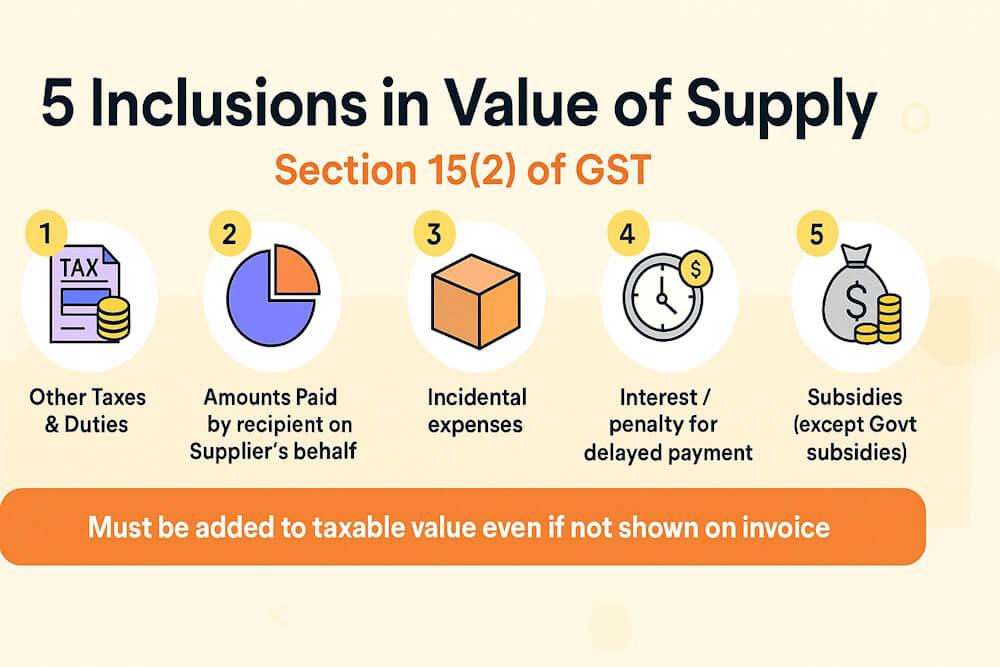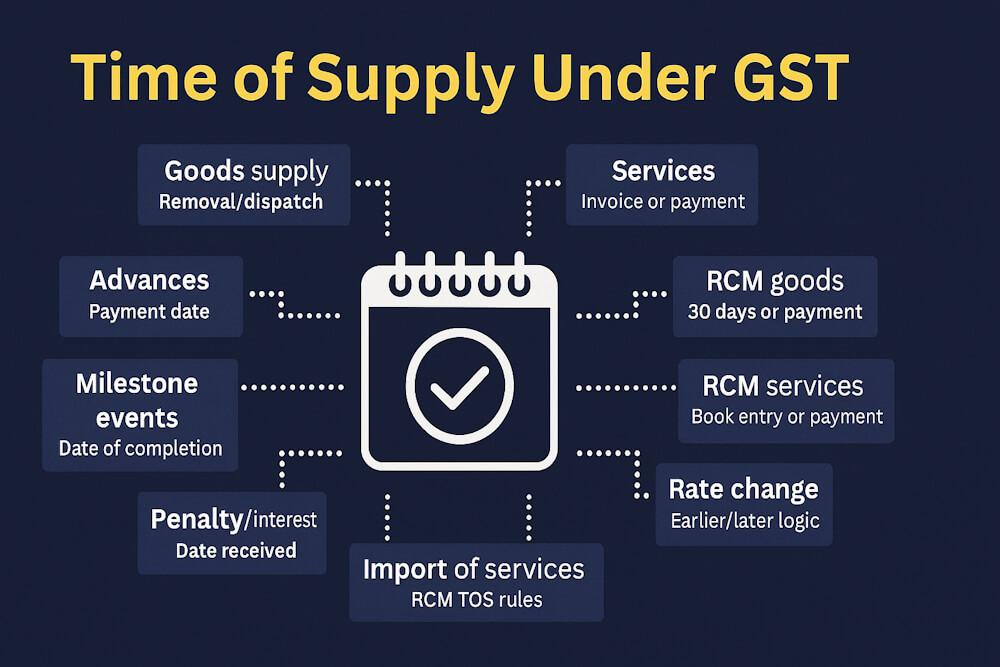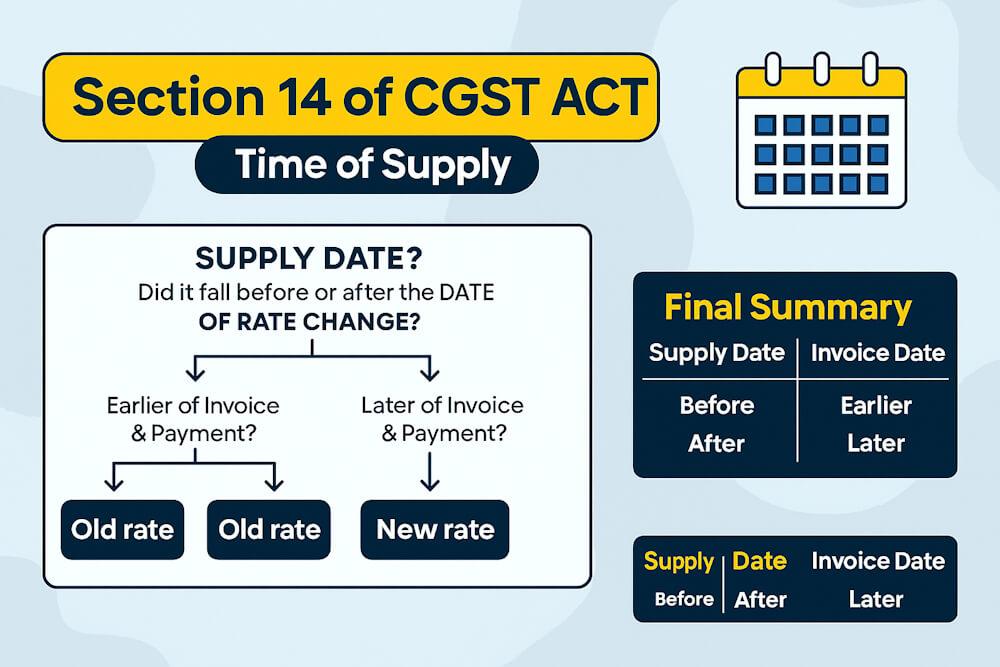When GST was first introduced, one of the major areas of confusion was how to value transactions between parties who are related. And this confusion still exists today. People often believe that if two businesses are owned by the same family or controlled by the same individual, they can decide any price they want for GST purposes. But GST doesn’t work like that.
Under Section 15 of the CGST Act, the concept of “related persons” plays a crucial role in determining the value of supply. If parties are considered “related”, the pricing cannot be taken at face value—even if both parties agree to it. Instead, GST law requires valuation based on Rules 27 to 31, ensuring fair taxation and preventing manipulation of taxable value.
This blog breaks down the meaning of related persons, the categories defined under GST, and the most important examples. By the end, you’ll clearly understand:
- Who is considered a related person under GST?
- Why does GST law treat them differently?
- What valuation rules apply to related party transactions?
- Real-world examples inspired by ICAI material
Let’s dive in.
1. Why Do “Related Persons” Matter Under GST?
GST is based on the principle that tax should be charged on the real value of goods or services. But when two parties have a special relationship—like family ties, shareholding, management control, or exclusive agency—the price they agree upon may not reflect market value.
Examples of pricing manipulation that GST aims to prevent:
- Selling goods at a very low price to a related entity
- Issuing invoices at artificial prices
- Moving goods through related persons to manage taxes
- Offering preferential treatment to controlled entities
So GST law says:
“If supplier and recipient are related, the invoice price cannot be trusted. Valuation Rules (27–31) must be applied.”
This makes the definition of “related persons” extremely important.
2. Meaning of Related Persons Under GST (Section 15 Explanation)
The GST law has a detailed list of relationships considered “related”. This list comes from the Explanation to Section 15 and is also elaborated in the PDF results.
Two persons are deemed to be related if they fall under any one of the following categories.
Let’s break them down clearly.
3. Category 1: Officers or Directors of Each Other’s Businesses
If one person is an officer or director of the other’s business, they are related under GST.
This includes:
- Managing Directors
- Whole-time Directors
- CFOs
- Key managerial persons
✔ Why?
Because directors can influence business decisions, including pricing.
Realistic Example
Director of X Pvt. Ltd. is also serving as a director in Y Pvt. Ltd. → X and Y are related.
This ensures that transactions between them do not understate value.
4. Category 2: Legally Recognized Partners in Business
Partnership firms involve mutual agency and shared financial interest.
If A and B are partners in a firm, any transaction between:
- A ↔ the partnership firm
- B ↔ the partnership firm
- A ↔ B (if related through firm)
→ are considered related party transactions.
Example
Partner A sells goods to the partnership firm at a discounted price. GST law says this relationship is “related”. So valuation rules apply.
5. Category 3: Employer and Employee Relationship
GST treats employer-employee transactions as related, except in specific cases like gifts up to ₹50,000 per year.
Example
An employee sells his personal laptop to the employer at a throwaway price, or vice versa. GST considers them related persons.
Although certain services by employee to employer are exempt, value of goods exchanged still falls under related persons definition.
6. Category 4: Persons Directly or Indirectly Controlling Each Other
This is where most real-life corporate cases arise.
If one person controls the other’s business decisions, then they are related.
Control may be:
- Financial
- Managerial
- Operational
- Voting control
- Shareholding influence
“They are directly or indirectly in a position to control the other.”
For example:
Example 1: Priya’s Shareholdings
Ms. Priya holds:
- 30% in ABC Ltd.
- 35% in XYZ Ltd.
Result: ABC and XYZ are related persons because Priya can influence both.
💡 Example 2: Q Ltd. Controls R Ltd.
Q Ltd. influences corporate policy and operations of R Ltd.
→ They are related under GST.
Even if there is no direct shareholding, the ability to control decisions matters.
7. Category 5: Persons Controlled by a Third Person
Two or more persons are considered related if they are controlled by the same third person.
This is extremely common in conglomerate groups.
“Both the persons are directly or indirectly controlled by the third person.””
Example: Brita & Grita Controlling Margarita
Brita Ltd. and Grita Ltd. jointly control:
→ Margarita Ltd.
Because a common control exists (Brita + Grita), they are related parties.
This applies even if individually they cannot control, but collectively they can.
8. Category 6: Persons Controlling a Third Person
Two persons are related if they jointly control another business.
Example:
- Company A and Company B both control Company C
- Because of their joint control, A and B become related persons between themselves
9. Category 7: Members of the Same Family
Family members are always considered related under GST.
Family includes:
- Spouse
- Parents
- Children
- Siblings
- Grandparents
- Grandchildren
- In-laws (depending on context)
The idea is simple: family members easily influence each other’s pricing decisions.
Example
A father transfers goods to his son’s business at a nominal value.
GST ignores that price. Valuation rules must be applied.
10. Category 8: Sole Agent, Sole Distributor, Sole Concessionaire
This category is very important for businesses.
GST says:
“If a supplier appoints a sole agent, sole distributor, or sole concessionaire, they are treated as related persons.”
Why? Because exclusive rights create dependence and pricing influence.
Example
A manufacturing company gives exclusive dealership rights to B & Co. as its sole distributor for a region.
Even if pricing appears normal, GST treats them as related.
Such transactions must be valued using specific valuation rules.
11. Key Principle: Related Party → Transaction Value Ignored
If parties are related:
❌The price charged in invoice is NOT accepted
✔ Valuation must follow Rules 27–31, such as:
- Open Market Value (OMV)
- Value of like kind and quality
- Cost + 10% method
- Residual valuation method
Example:
If a related distributor buys goods at ₹1000, but OMV is ₹1400 → GST valuation = ₹1400, not the invoice value.
12. Related Parties Under GST – Examples Together
Let’s compile all examples for easier understanding.
Example 1
Ms. Priya holds:
- 30% in ABC Ltd.
- 35% in XYZ Ltd.
→ ABC and XYZ are related persons.
Example 2
Q Ltd. influences operations and corporate policy of R Ltd.
→ Related persons.
Example 3
Brita Ltd. and Grita Ltd. together control Margarita Ltd.
→ Brita & Grita are related.
Example 4
Employer–employee relationship.
→ Related.
Example 5
Exclusive agent / sole distributor.
→ Related.
Example 6
Partners in a partnership firm.
→ Related.
These examples exactly match the GST law explanation provided in your material.
13. Why Does GST Care About Related Persons?
GST aims to prevent:
- Undervaluation
- Misuse of related entities to reduce taxes
- Artificial pricing
- Transfer pricing loopholes
- Profit shifting
- Tax evasion through group companies
In related-party transactions, there is a risk that invoice price does not represent real value.
Therefore, GST requires objective valuation instead of relying on the supplier’s invoice.
14. Practical Impact on Businesses
If your business has:
- Subsidiaries
- Joint ventures
- Family-owned companies
- Related directors
- Partnership firms
- Sole agents
- Exclusive distributors
Then you MUST evaluate whether the parties are “related persons” under Section 15.
If yes, then:
- You cannot use invoice value
- You must apply valuation rules
- You must maintain proper documentation
- You must justify the price charged
Ignoring this can lead to:
- GST demands
- Audit issues
- ITC disputes
- Penalties
15. Quick Summary (Cheat Sheet Format)
Under GST, two persons are related if:
- One controls the other
- Both are controlled by a third person
- Both control a third person
- They are family members
- Employer–employee relationship exists
- They are partners
- One is a director/officer of the other
- One is a sole agent/distributor of the other
If related:
- Transaction value is NOT accepted
- Valuation must follow Rules 27–31
Final Thoughts
Understanding related persons under GST is crucial for businesses—especially family-run enterprises, group companies, and manufacturers working with exclusive agents. Even if the transaction looks normal from a business perspective, GST sees it differently.
The key idea is simple:
- When parties have influence over each other, invoice price alone cannot be trusted.
- GST valuation rules must be applied to prevent underreporting.





